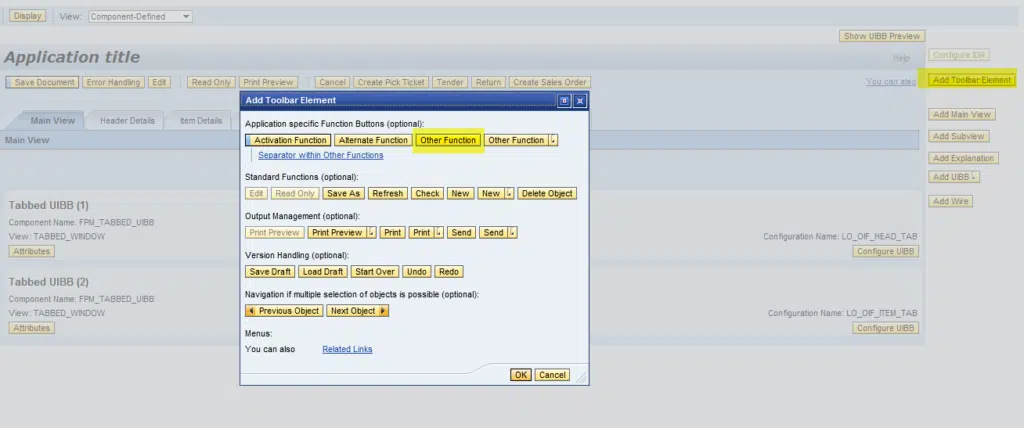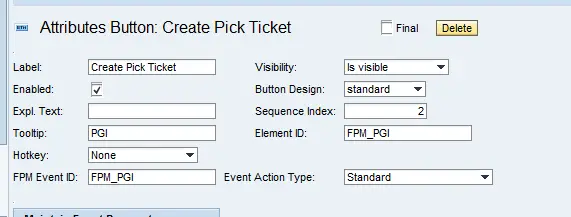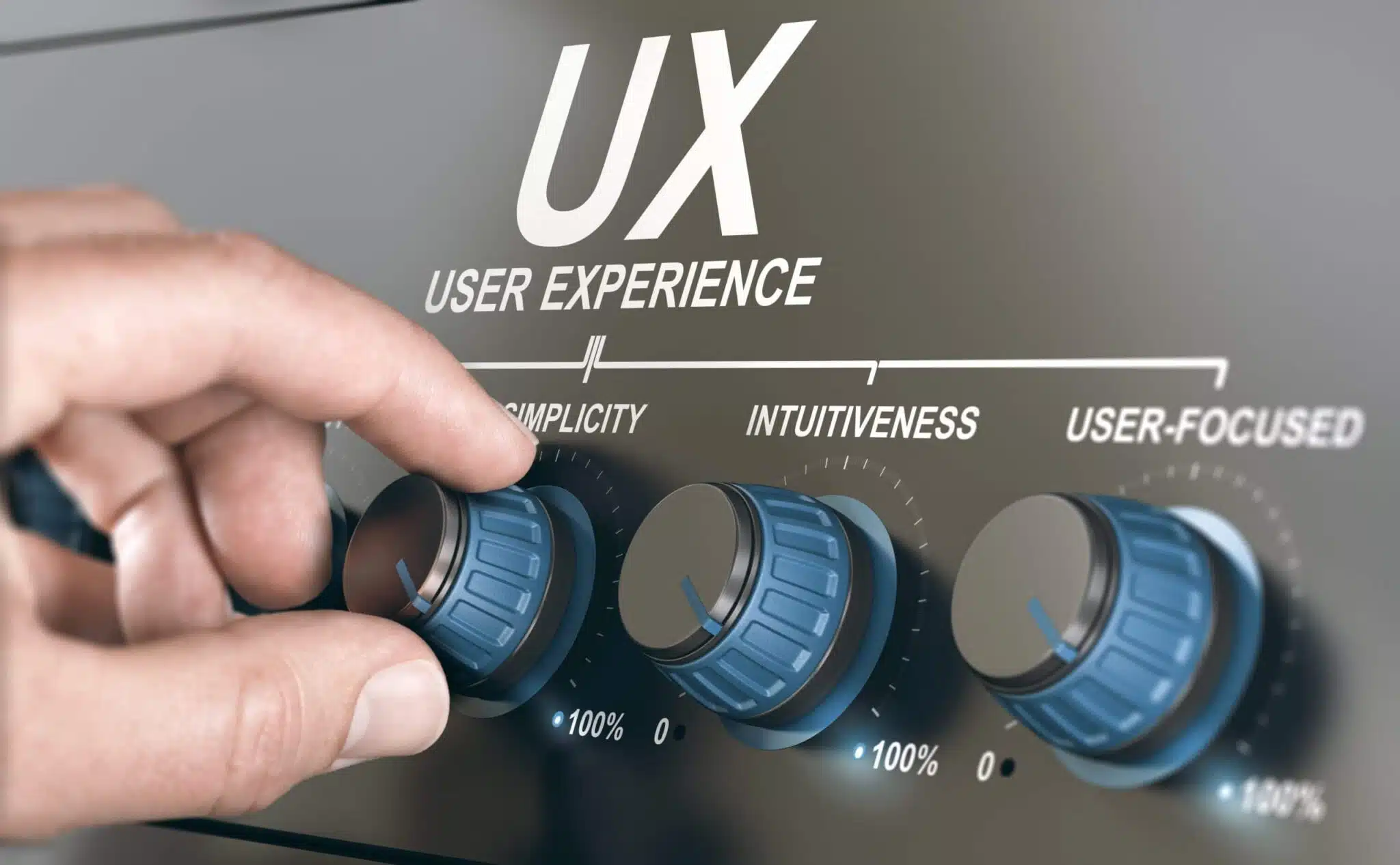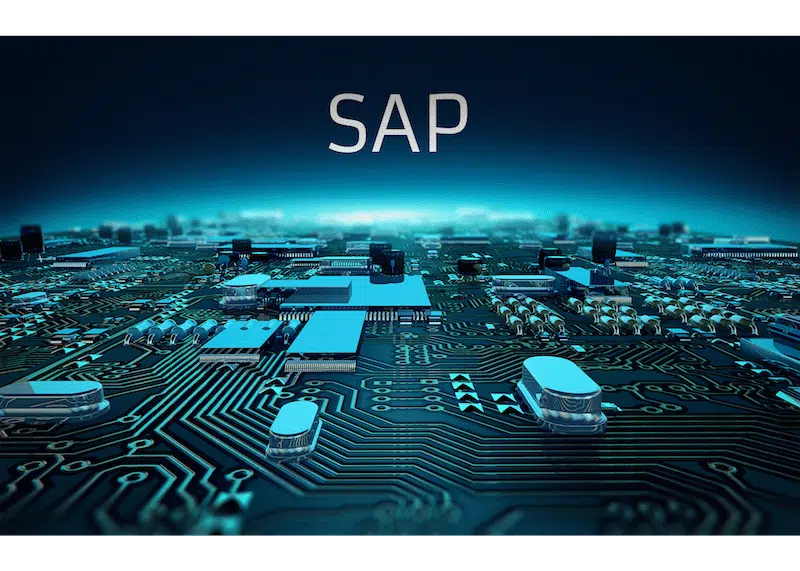Editor Update: This article originally published in 2012. If you are looking for ways to enhance order processing for your SAP Solution click here OMS+ Simple Order Management for SAP and check out DataXstream’s OMS+ Solution.
In the previous blog post, I discussed how to tailor the contents of field level help dropdown lists. This kind of customizing is very specific, detailed and should always be thought through carefully. In this post I discuss a higher level of customization of Lean Order Management, namely the look, feel and flow of the end user transaction screens. This in turn influences the process flow and can be used to ensure the end user actions occur in the required sequence.
SAP often gets a bad rap for their GUI design, whereas other companies (can you think of a crisp, golden delicious fruit?) are lauded for their GUI design. This doesn’t happen by accident and it isn’t easy. “Intuitive” designs can be anything but intuitive and understanding your end user audience, their skills, expectations and willingness to learn is imperative when designing with LOM functionality.
In this regard, a recurring theme with LOM is to think it through before acting: LOM is a powerful tool and, to paraphrase, with that power comes responsibility. Ideally, any LOM development work is preceded by detailed whiteboard sessions to map out the screen flow, the required buttons and actions, pop-up windows and possible responses, otherwise it is easy to end up doing basic design on the fly – and that rarely ends well.
Anyway, enough of the preamble – how do we make this magic happen in SAP?
Lean Order Management is based on the SAP Floor Plan Manager (FPM) and follows Object Instance Floor Plan (OIF) model. You can use the Floor Plan Manager Configuration editor to combine application-specific views of one or more business applications into a new Floor Plan Manager application. For locating LOM configuration, you need to matriculate the following path:
Execute transaction code SE80 –> Repository Browser –> Package –> ERP_SLS_LO_OIF
You can configure different areas of sales order processing, for example, the initial order screen, the main overview screen, credit card processing screen, partner functions screen, etc.
For the initial screen and the main screen the configuration application name is LO_OIF_SDOC. Here is an example of how to add buttons and a tab in this application.
Execute transaction code SE80 –> Repository Browser –> Package ERP_SLS_LO_OIF –> Web Dynpro –> Web Dynpro Configurations –> LO_OIF_SDOC
Click on the Start Configurator button. This starts the configurator in the browser.
 Now create a configuration ID in the customer name space.
Now create a configuration ID in the customer name space.
Start changing the configuration after providing a transport number.
You will get the following view:
In this configuration you can add buttons on the initial screen and the variant. The variant has the configuration for the main screen. This configuration is available on the left pane on the window. Buttons can be added from the add tool bar element.
After a button is added, the attributes can be provided for it. The important attributes are label, visibility, element ID FPM event ID. How the action is performed on FPM event will be explained in next section.
Similarly tabs can be added by clicking on Add Main View and tabs within tabs by clicking on to Add Sub View
From the attributes buttons, either independent view from customer or the standard Web Dynpro application can be configured.
Using the methods described above is an easy way to add custom tabs to Lean Order Management.
Different functionalities / screens are configurable in Lean Order Management using this approach. The detailed functionality can be either an FPM-based application or built via a custom Web Dynpro application.
From this, you can see that the technical steps using LOM to modify the look and feel of SAP business transactions are straightforward. It is the upfront design work that drives successful development and delivery.
Disclaimer and Liability Notice
This document may discuss sample coding or other information that does not include SAP official interfaces and therefore is not supported by SAP. Changes made based on this information might not be supported and can be overwritten during an upgrade.
DataXstream will not be held liable for any damages caused by using or misusing the information, code or methods suggested in this document, and anyone using these methods does so at his/her own risk.
DataXstream offers no guarantees and assumes no responsibility or liability of any type with respect to the content of this technical article or code sample, including any liability resulting from incompatibility between the content within this document and the materials and services offered by DataXstream. You agree that you will not hold, or seek to hold, DataXstream responsible or liable with respect to the content of this document.






